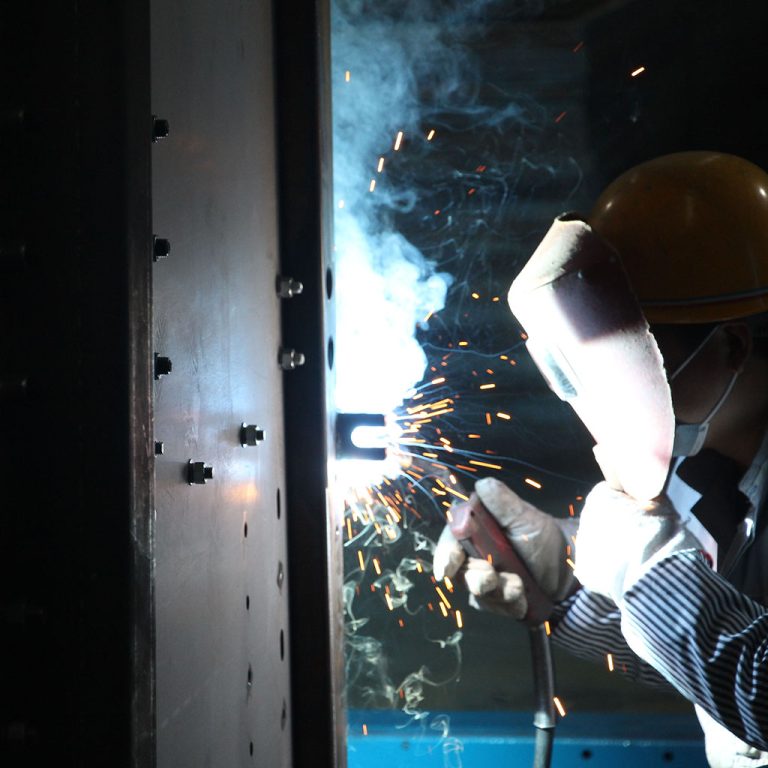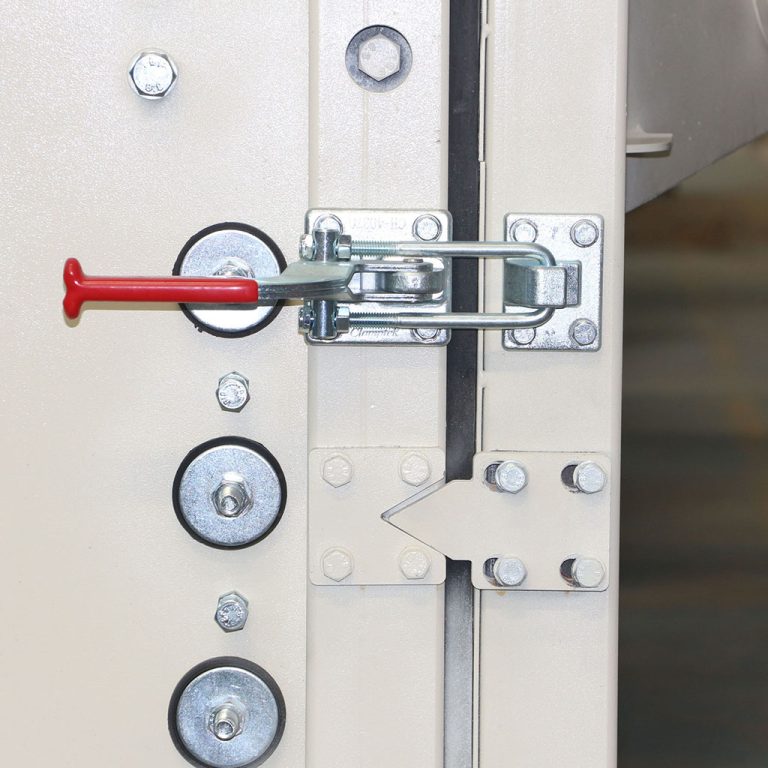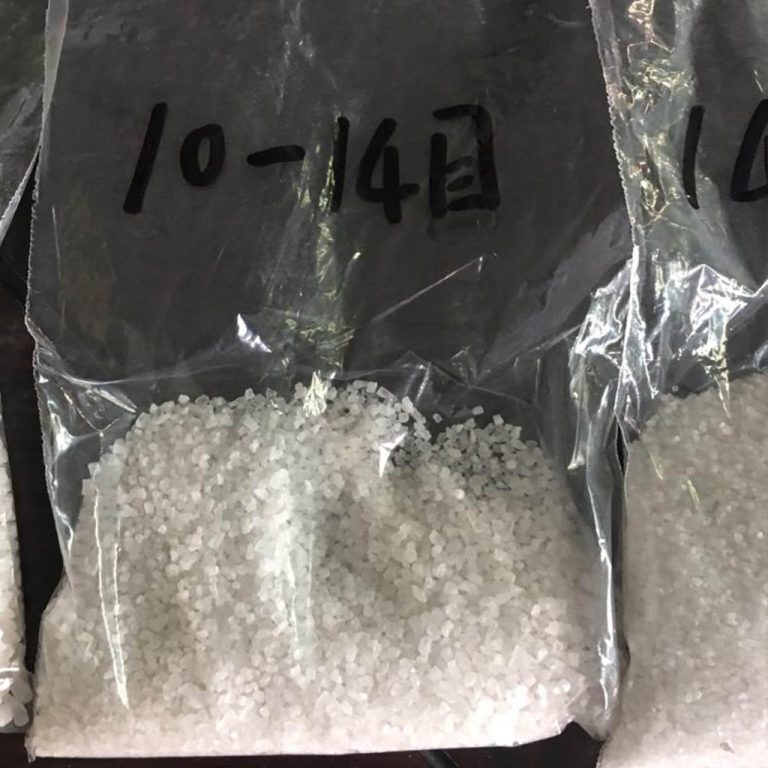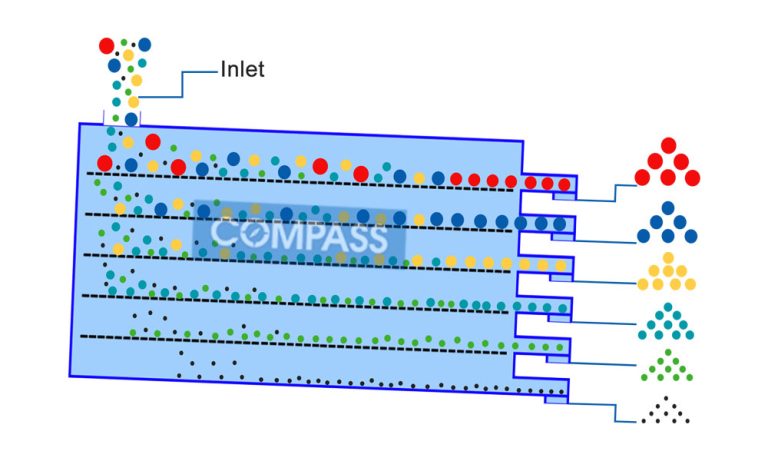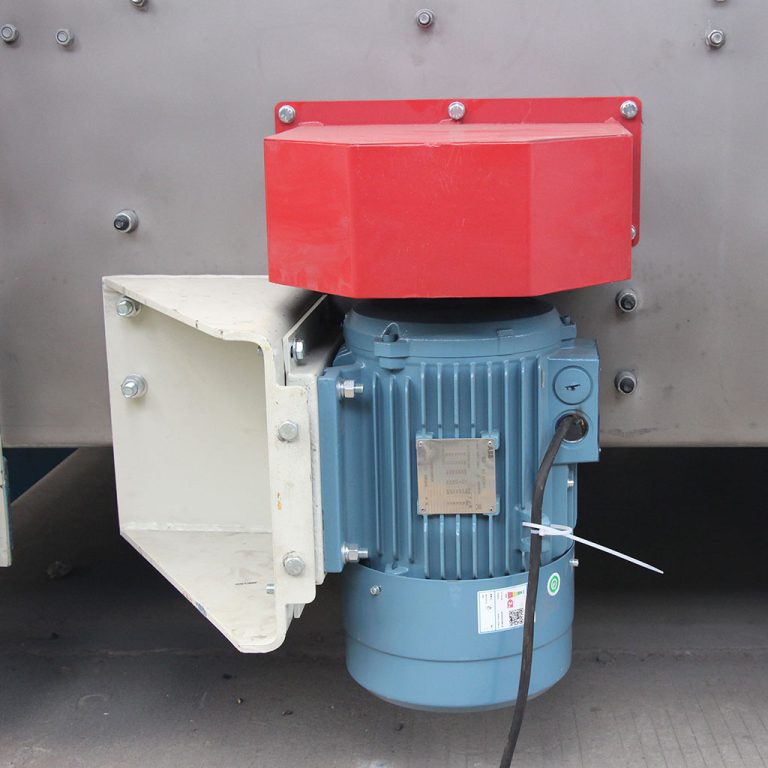Table of Contents
استكشاف فوائد البنتونيت في تطبيقات الغربلة الصناعية
البنتونيت هو نوع من الطين تم استخدامه لعدة قرون في التطبيقات الصناعية. لديها مجموعة واسعة من الاستخدامات، من الترشيح الصناعي إلى التطبيقات الزراعية. في السنوات الأخيرة، أصبح البنتونيت ذو شعبية متزايدة للاستخدام في تطبيقات الفحص الصناعي. ويرجع ذلك إلى خصائصه الفريدة، والتي تجعله مادة مثالية لهذا الغرض.
البنتونيت هو طين طبيعي يتكون من المونتموريلونيت، وهو نوع من معادن الطين. إنه عالي الامتصاص ولديه قدرة تبادل كاتيونية عالية، مما يجعله مثاليًا للاستخدام في تطبيقات الفحص الصناعي. تسمح الطبيعة الماصة للبنتونيت باحتجاز الجزيئات والاحتفاظ بها، مما يجعله مرشحًا فعالًا لمجموعة متنوعة من المواد.
البنتونيت أيضًا مقاوم للغاية للهجوم الكيميائي، مما يجعله مادة مثالية للاستخدام في تطبيقات الفحص الصناعي. وذلك لأنه يمكن أن يتحمل المواد الكيميائية ودرجات الحرارة القاسية دون أن يتحلل أو يتلف. وهذا يجعلها مادة مثالية للاستخدام في العمليات الصناعية التي تنطوي على استخدام مواد كيميائية قاسية أو درجات حرارة عالية.
البنتونيت أيضًا مقاوم للغاية للتآكل، مما يجعله مادة مثالية للاستخدام في تطبيقات الغربلة الصناعية. وذلك لأنه يمكن أن يتحمل التآكل الناتج عن العمليات الصناعية دون أن يتعرض للتلف أو الانهيار. وهذا يجعلها مادة مثالية للاستخدام في العمليات الصناعية التي تنطوي على استخدام المواد الكاشطة.
| حجم الشبكة مم | رقم الشبكة/in2 | قطر السلك مم | المنطقة المفتوحة % |
| 0.212 | 70 | 0.125 | 40 |
| 0.18 | 80 | 0.125 | 35 |
| 0.16 | 90 | 0.1 | 35 |
| 0.15 | 100 | 0.1 | 36 |
| 0.14 | 110 | 0.09 | 37 |
| 0.125 | 120 | 0.09 | 34 |
بشكل عام، يعتبر البنتونيت مادة مثالية للاستخدام في تطبيقات الفحص الصناعي نظرًا لخصائصه الفريدة. إنها شديدة الامتصاص ومقاومة للهجوم الكيميائي والتآكل والتآكل، مما يجعلها مادة مثالية للاستخدام في مجموعة متنوعة من العمليات الصناعية. إذا كنت تبحث عن مادة فعالة لاستخدامها في تطبيقات الغربلة الصناعية، فإن البنتونيت هو خيار ممتاز.
كيف يمكن للبنتونيت تحسين الكفاءة والإنتاجية في عمليات الفحص الصناعية
البنتونيت هو نوع من الطين تم استخدامه لعدة قرون في العمليات الصناعية. لديها مجموعة واسعة من التطبيقات، بما في ذلك استخدامها في عمليات الفحص الصناعي. يمكن استخدام البنتونيت لتحسين الكفاءة والإنتاجية في عمليات الفحص الصناعي من خلال توفير عدد من الفوائد.
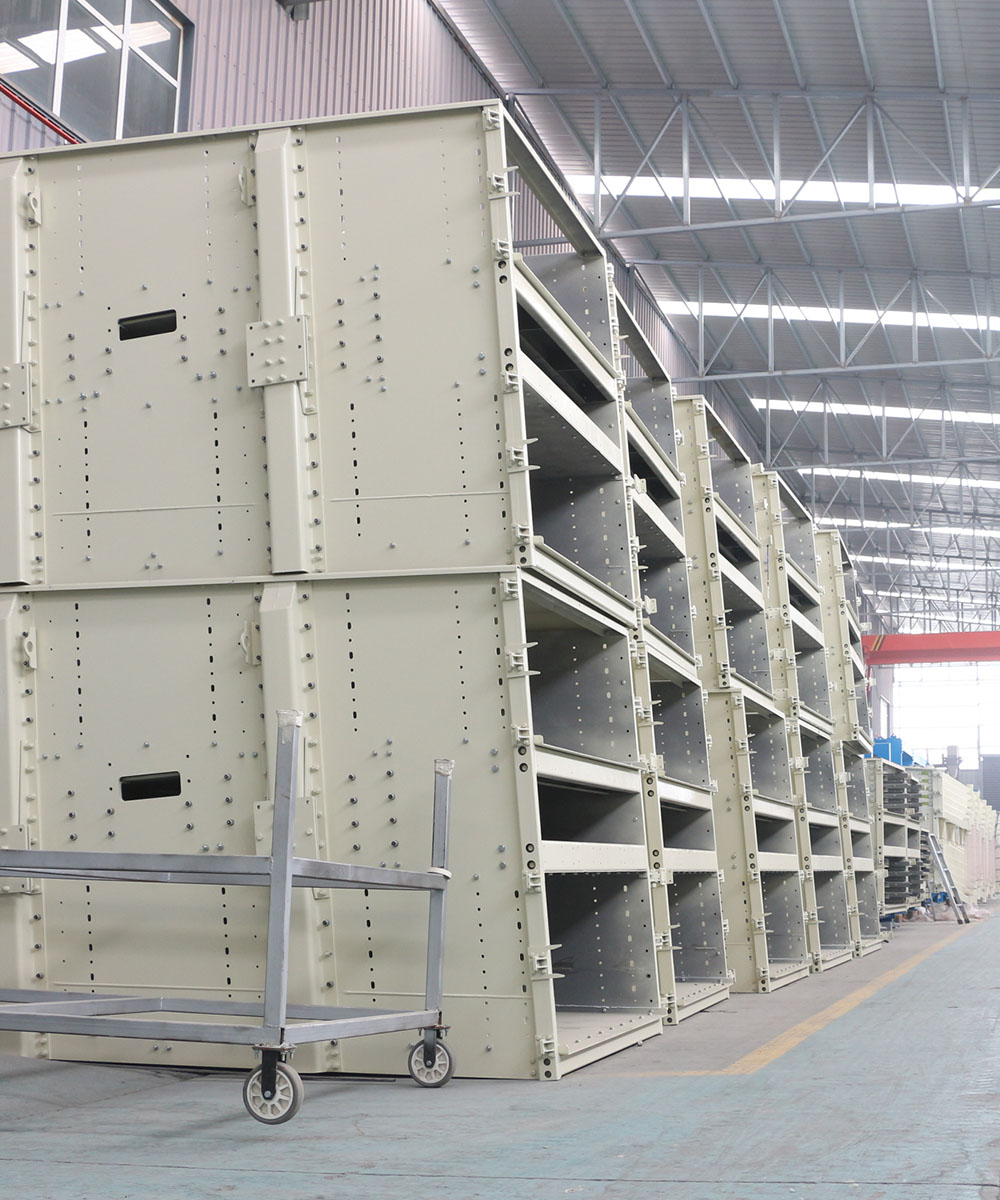
First, bentonite can help to reduce the amount of time needed to complete the screening process. Bentonite is highly absorbent, which means it can quickly absorb moisture and other particles from the material being screened. This helps to reduce the amount of time needed to complete the screening process, as the material is already partially screened before it even enters the screening machine.
Second, bentonite can help to reduce the amount of material that needs to be screened. Bentonite is highly effective at trapping particles, which means that it can help to reduce the amount of material that needs to be screened. This can help to reduce the amount of time needed to complete the screening process, as well as reduce the amount of material that needs to be disposed of.
Third, bentonite can help to improve the accuracy of the screening process. Bentonite is highly effective at trapping particles, which means that it can help to ensure that only the desired particles are screened. This can help to improve the accuracy of the screening process, as well as reduce the amount of material that needs to be disposed of.
Finally, bentonite can help to reduce the amount of energy needed to complete the screening process. Bentonite is highly absorbent, which means that it can help to reduce the amount of energy needed to complete the screening process. This can help to reduce the amount of energy needed to complete the screening process, as well as reduce the amount of energy needed to dispose of the material.
Overall, bentonite can be used to improve efficiency and productivity in industrial screening processes. It can help to reduce the amount of time needed to complete the screening process, reduce the amount of material that needs to be screened, improve the accuracy of the screening process, and reduce the amount of energy needed to complete the screening process.
